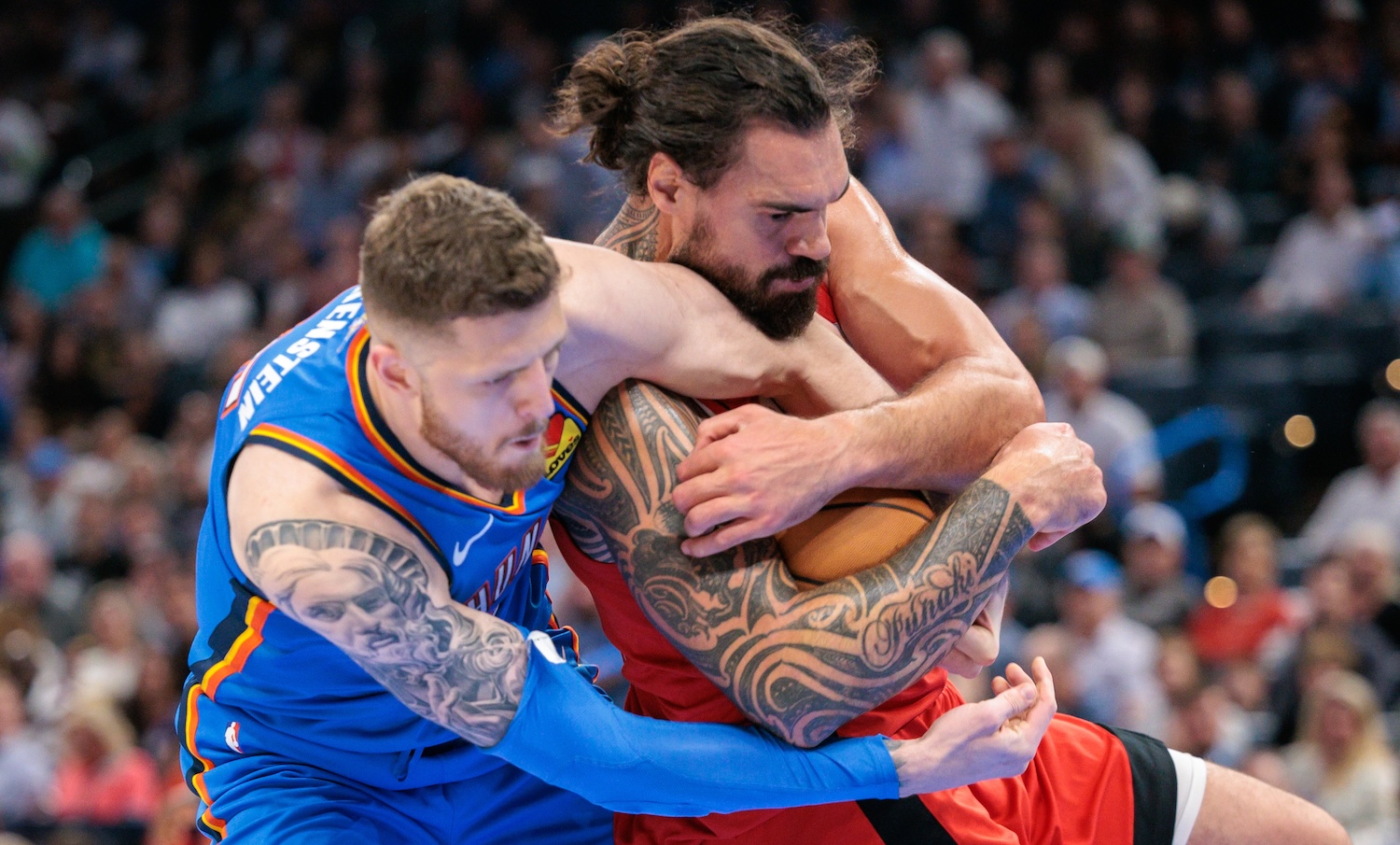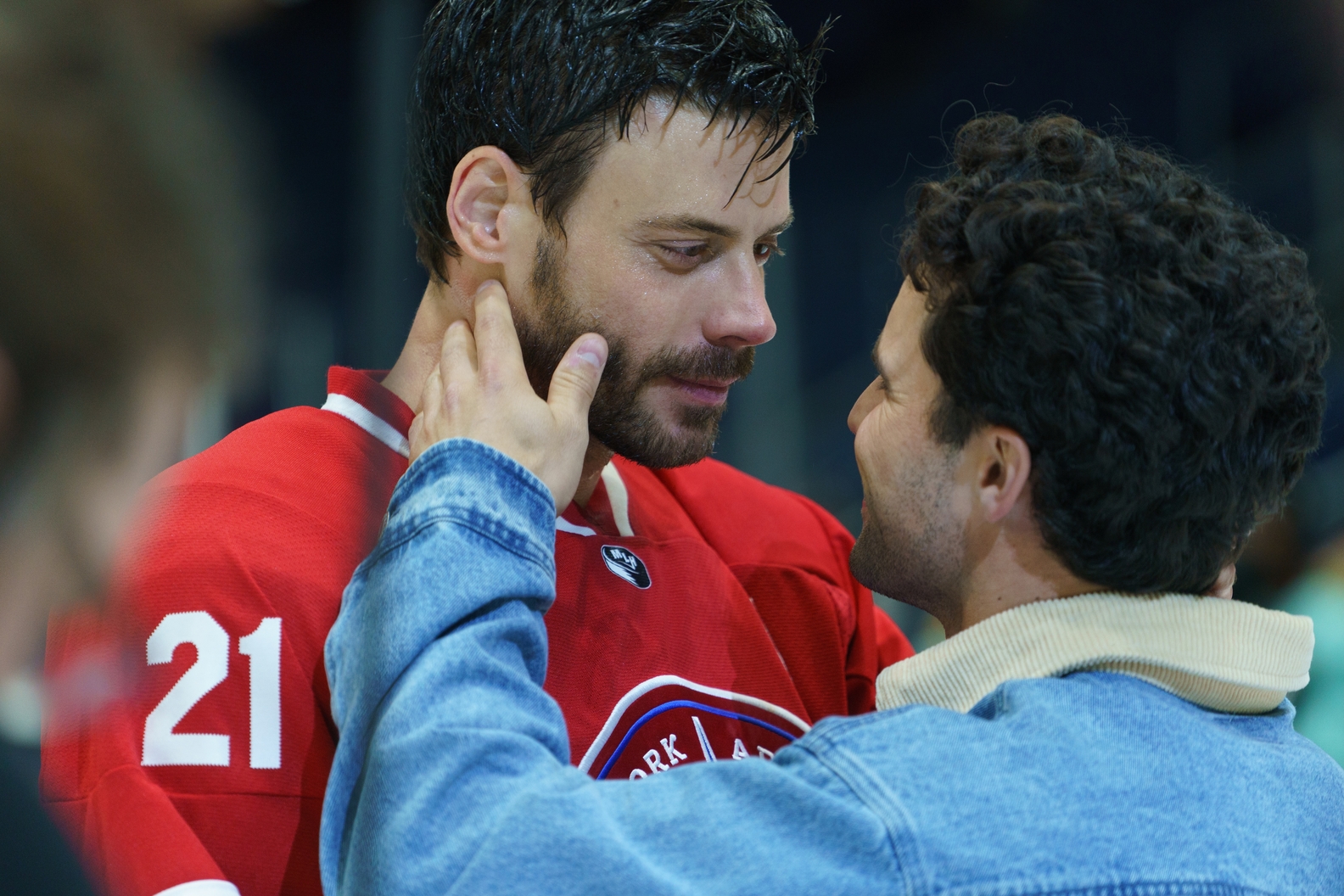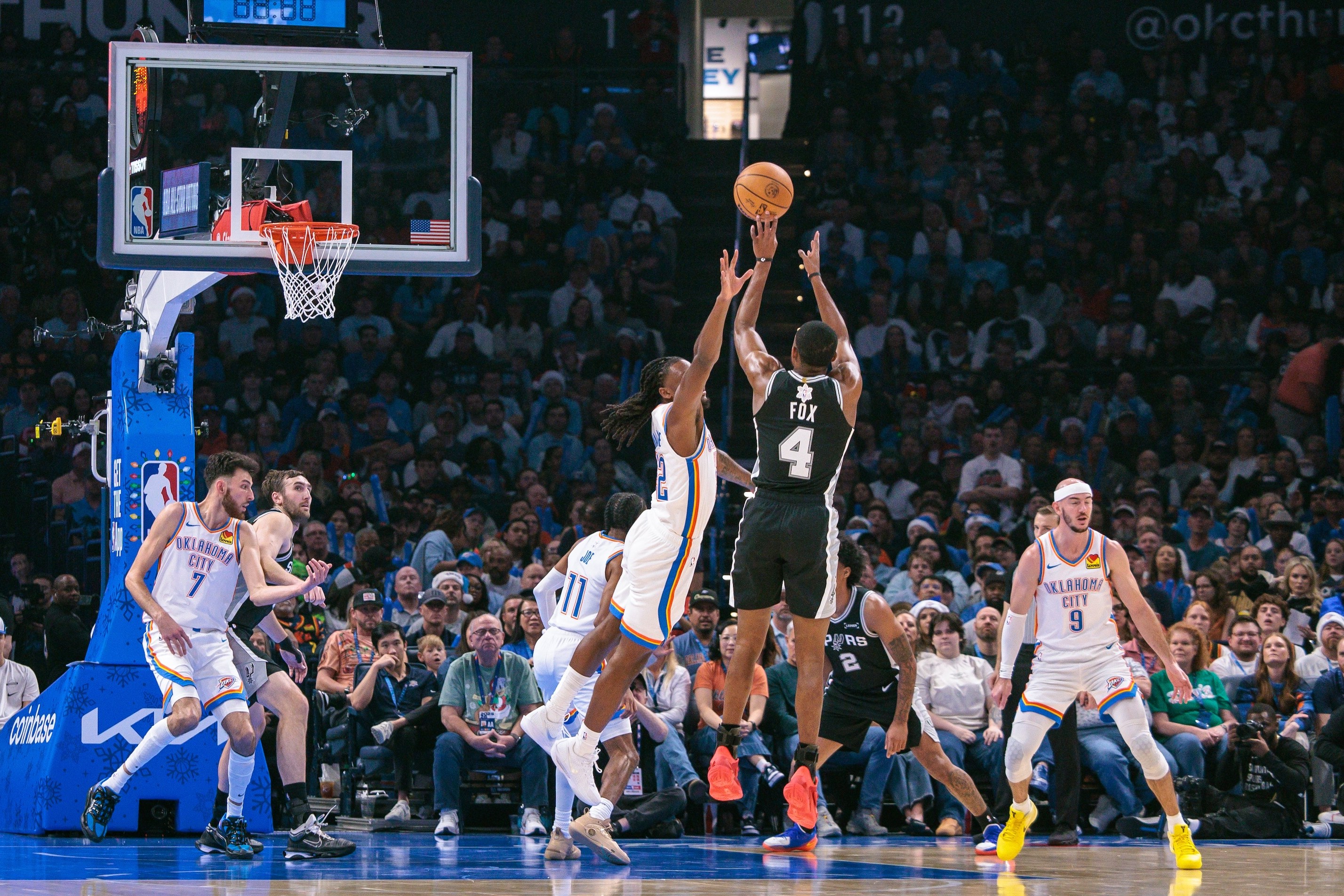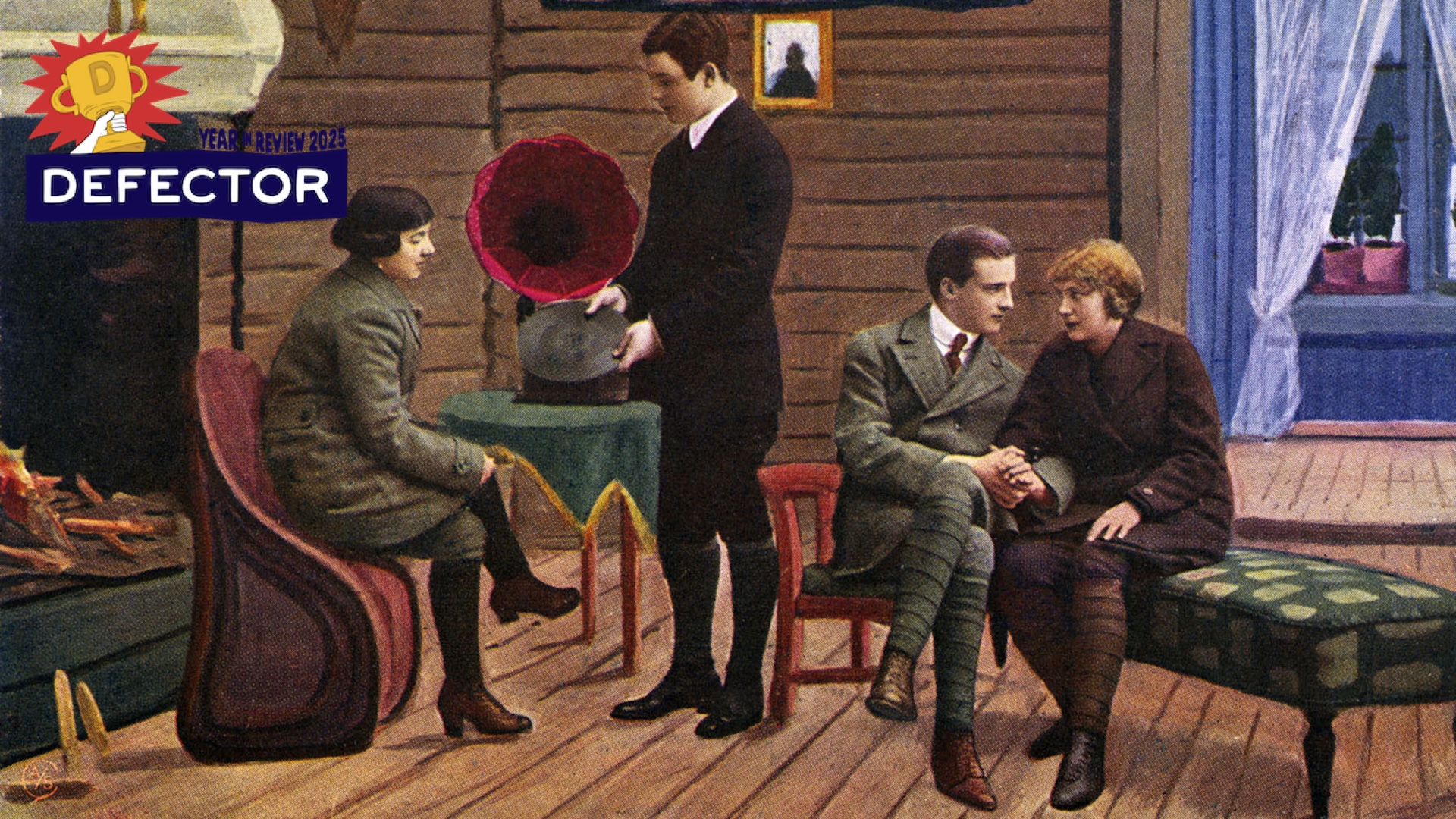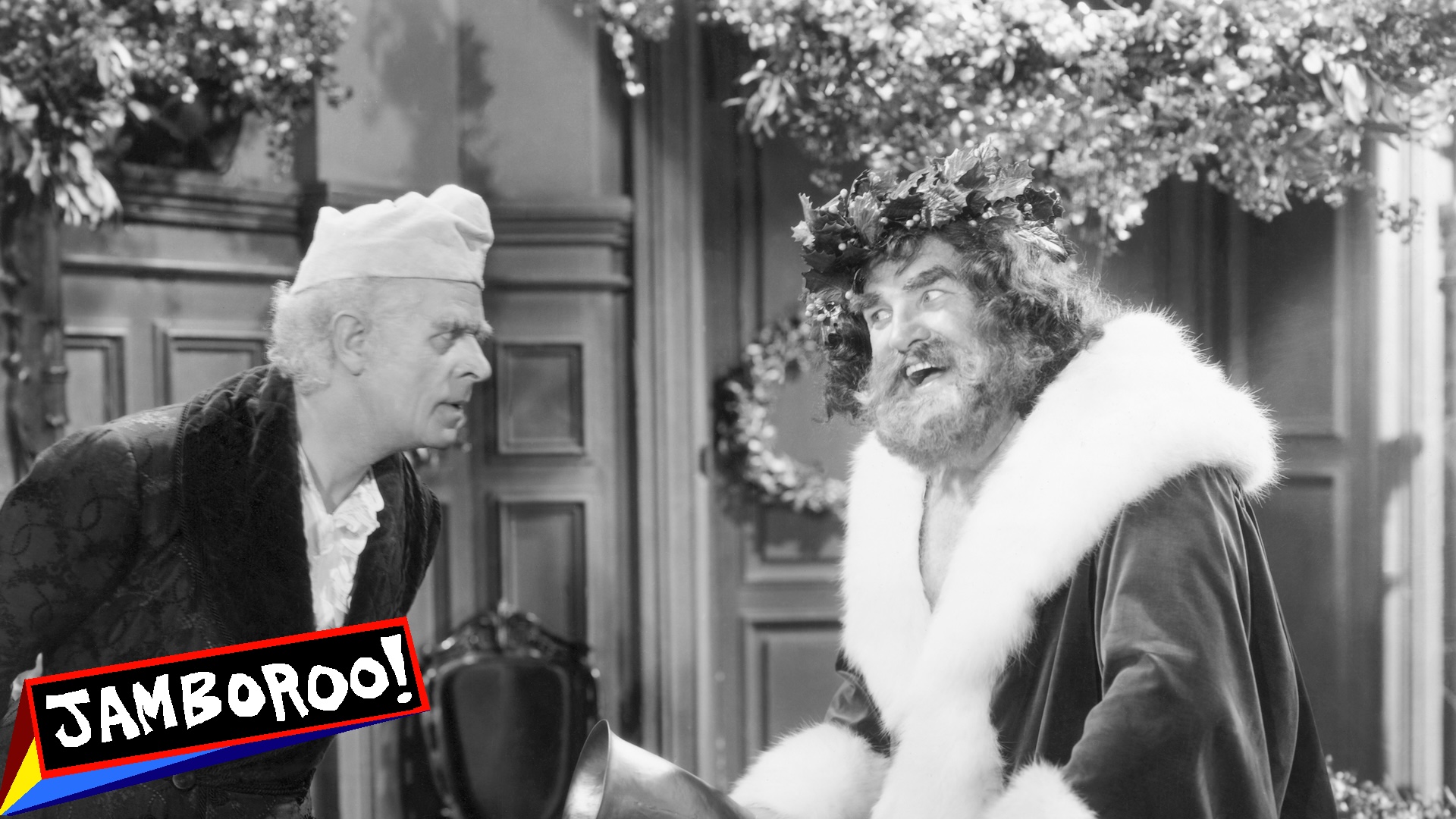On Tuesday night, the Houston Rockets started the tallest quintet of players an NBA opening night has ever seen, with three arguably power forward-sized players occupying the nominal backcourt, and the twin mashers of Alperen Sengun and Steven Adams playing under the basket. Across from them stood Chet Holmgren and Isaiah Hartenstein, the double-big combination most recently seen hoisting the championship trophy. In a timely throwback, the first games broadcast on NBC in 23 years highlighted the fact that a few years after the discovery of the three-pointer revolutionized basketball, being huge is a tactical advantage being deployed by some of the league's best teams. How did we get here?
While I was watching this jumbo group of dudes bludgeon each other and make space in the half court with bone-rattling screens, I thought about the last time these two teams played a playoff series, six seasons ago. The final Daryl Morey-era Rockets team began the season with Clint Capela at center and ended it with, well, nobody. They traded Capela for the 6-foot-7 Robert Covington, and the team won a playoff series despite fielding zero players that could be thought of as bigs. They did so against a Thunder team whose whole thing was playing three point guards at the same time, and while Adams played a bit for OKC, this was as small as basketball could get. Both teams prioritized taking a million threes, spacing the floor out with quicker players, and rebounding by committee at the expense of traditional big-man duties like rim protection. Why plant someone under the rim if everyone is standing around on the three-point line?
Though the Lakers won the title that season with a fair amount of size, that era of hoops was defined by small ball. It was impossible to win without shooting an increasing number of threes, so many teams eschewed power forwards who specialized in pounding people near the basket for increasingly Covington-esque forwards who could theoretically guard up a position or two while also shooting eight threes per 36 minutes. The model for team-building was the Warriors, with their spacing kept pristine by deadly shooting and smart team-wide passing. You cannot necessarily cook up another Steph Curry, the thinking went, but perhaps you could recreate his production in the aggregate by brute volume spread across four positions. Bigs mattered, though it was as important for them to be able to defend in space as it was to grab offensive rebounds.
That's a broad generality, and one might point out that the best players in the NBA in the immediate post-Warriors era were all multi-functional bigs like Giannis Antetokounmpo, Nikola Jokic, and Joel Embiid, and that the presumptive next best player in the NBA is like 7-foot-5. What that points to is an eternal basketball truth, which is that this is a sport for tall people, and that no matter how horizontal the game becomes, that dimension can be schemed and coached into neutrality in a way that something like Jokic doing Magic Johnson stuff seven feet above the ground cannot. From that standpoint, you can start to see how the game got taller again.
There's a sort of rock-paper-scissors thing going here: imagine a theoretical team incapable of matching the 2020 Rockets for perimeter speed and three-point volume, and saying To hell with all that, we're going to beat the crap out of you. They are there to be beaten the crap out of! It's a good idea, and teams like the Grizzlies and Bucks tried it, to occasional success. Still, you can't win without taking a bunch of threes. What we saw develop over the past half-decade was a synthesis between the need for spacing and what basketball people define as physicality. The key here is that those tasks are not as mutually exclusive as people perhaps feared in, say, 2018. The trick of building a team designed to win at the cutting edge is, to put it too bluntly, figuring out how tall you can get away with being while still playing hyper-fast, spread hoops. Last season, we saw the tide finally break, and the victory of team defense over team offense (defined by their relative historical efficiencies) was largely due to teams being able to play bigger, find margins on the glass, and punish anyone who thought they could get away with playing a 6-foot-5 power forward.
Big men have certainly changed over the past decade, but they have not disappeared. In fact, it's small guards who are having a harder time finding minutes in today's NBA and are at risk of extinction, a point Kevin Durant smartly laid out in an offseason appearance on LeBron James's podcast. For evidence of both realities, let us return to Rockets-Thunder. Fred VanVleet's injury is the operative reason why Ime Udoka started such an imposing lineup, and why second-year guard Reed Sheppard is under as much pressure as anyone on the team. Sheppard is the sort of player who teams would have been drooling over even more if he'd entered the draft five years sooner, but his deficiencies were glaring on Tuesday night. He competes on defense, but he was just too small to be able to hang when the Thunder picked on him one-on-one or put him in position to have to slide up to handle a Shai Gilgeous-Alexander drive.
Meanwhile, the occasionally clunky Rockets offense found its groove thanks to a monster night from Alperen Sengun. The Turkish big man made three three-pointers over the final 22 regular-season games last year, and only took eight in Houston's first-round loss to Golden State. On Tuesday, he went 5-for-8, and was not hesitating whatsoever when he was open.
In between threes, Sengun was also throwing dimes and dominating both Thunder bigs whenever they were matched up with him one-on-one. Neither Holmgren nor Hartenstein could keep Sengun out of the paint, which meant he was either getting to the cup or the line (he was 10-for-11 from the stripe), or there was space for him to pass into. In other words, Sengun, a center, was approximating the spatial advantages that a team seven years earlier would have manufactured by having someone like Danny Green simply standing around. Steven Adams showed that while every big might not necessarily be able to prance around and nail threes, if you are good enough at mashing under the rim, you more than make up for it. Oklahoma City, meanwhile, used their two bigs to wall off the rim, patrol the top of the key setting screens, and, in Holmgren's case, do Kevin Durant stuff at an astonishing level.
It was a good night to be seven feet tall, is my point, and while few other teams can match either OKC or Houston for sheer beef, it will be good to be seven feet tall all season. Anyone who watched the second game of opening night immediately saw how dead the Lakers were from the jump because Deandre Ayton was their only big. You can't win if you're not tall and good.
